
views
Stand up and walk around.
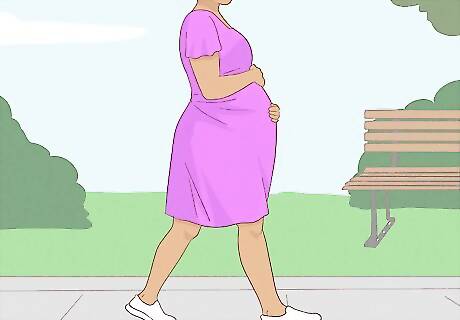
Walking and standing may help speed up labor. Once you’re upright, the extra gravity helps your baby along, and may also help get your little one into a better birthing position. Plus, standing and walking around can help you feel a lot more comfortable while possibly shortening your labor process overall. For your own safety, invite your partner or another trusted person to join you while you walk around. If you don’t feel comfortable standing up, this might not be the best option for you.
Squat down low.
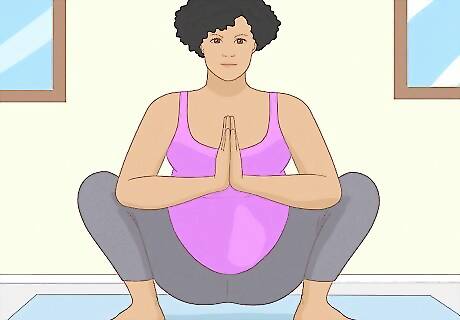
Squatting helps shift your little one into a better position for delivery. Plus, the additional gravity may help your baby descend, which keeps labor moving along. Try to keep your feet separated and flat on the floor first. Then, grip a squatting bar, piece of furniture, or loved one for support. Continue squatting until your knees are in line with your toes. You can also reach a squatting position by sitting on a birth ball or toilet. Make sure a doctor or loved one is nearby before you try this.
Try labor lunges.
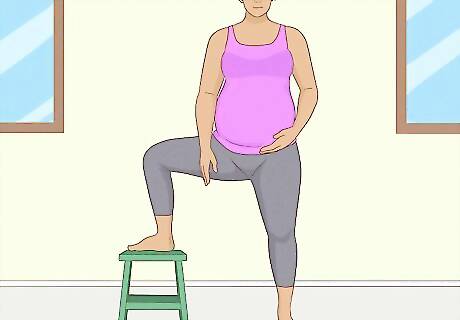
Labor lunges help speed up labor and rotate your baby into a better position. Place your left foot firmly on the ground, pointing it forward. Then, prop your right foot onto a low chair or stool, turning it about 90 degrees away from your left foot. Carefully lunge with your right leg, keeping your knee in line with your toes as you go. Ask your doctor, partner, or loved one to supervise when you try this exercise.
Sit upright.
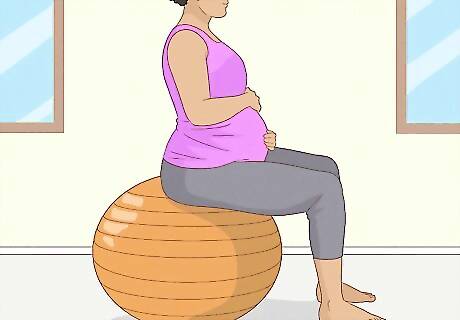
Sitting upright uses gravity to speed up the labor process. As an added bonus, it makes it easy for doctors to keep an eye on you and your baby. Feel free to straddle the seat of a chair, perch upright on a toilet, or sit on a firm birthing ball. Then, gently move from side to side or back and forth. Your partner can easily give you a massage or apply compresses while you sit. This might be a good option if you don’t feel comfortable standing, walking, or lunging.
Slow dance with your partner.

Slow dancing may help your little one get ready for delivery. Invite your partner to dance as you wait for labor to progress. While you dance, guide your hips to the rhythm of your contractions, or put on some slow music to sway to. Slow dancing can feel a lot more comfortable than just standing, and helps your partner support you a little more.
Stay away from “natural” remedies.

Spicy food and castor oil won’t help in the long run. Some people claim that castor oil and spicy food can help kickstart the labor process; unfortunately, there’s no hard evidence to back either of these suggestions up. Castor oil and spicy food can lead to contractions, but these contractions are caused by an irritated GI system, not by actual labor. Other natural remedies, like red raspberry leaf tea and evening primrose oil, don’t work either.
Refrain from acupressure and acupuncture.
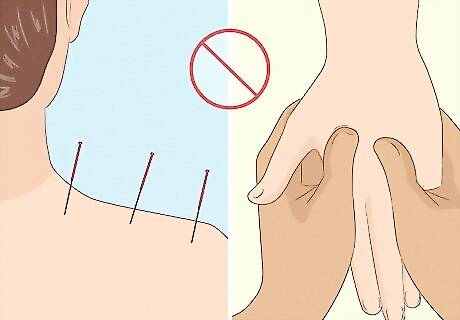
Neither of these natural treatments will speed up labor. Acupressure and acupuncture are significantly more expensive than other labor “remedies,” but don’t offer any helpful results. In fact, research shows that neither acupressure nor acupuncture will help kickstart labor, so you’re better off saving your money for something else. Acupuncture can cost at least $75, while acupressure costs at least $25.
Ask a doctor or midwife to break your water.
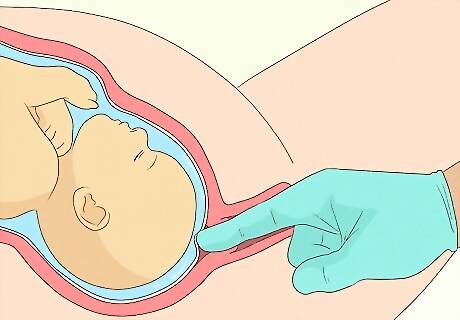
Breaking your water speeds up delivery. If your water hasn’t broken yet, ask your doctor or midwife if it's safe for them to break it for you. This can help your labor progress.
Inquire about a hormone drip.

An oxytocin drip can speed up a slow-moving labor process. During this treatment, your doctor will keep a really close eye on both you and your little one, and will make sure your contractions don’t get too strong. If your labor really isn’t moving along, ask if a hormone drip is a good option for you and your baby.




















Comments
0 comment